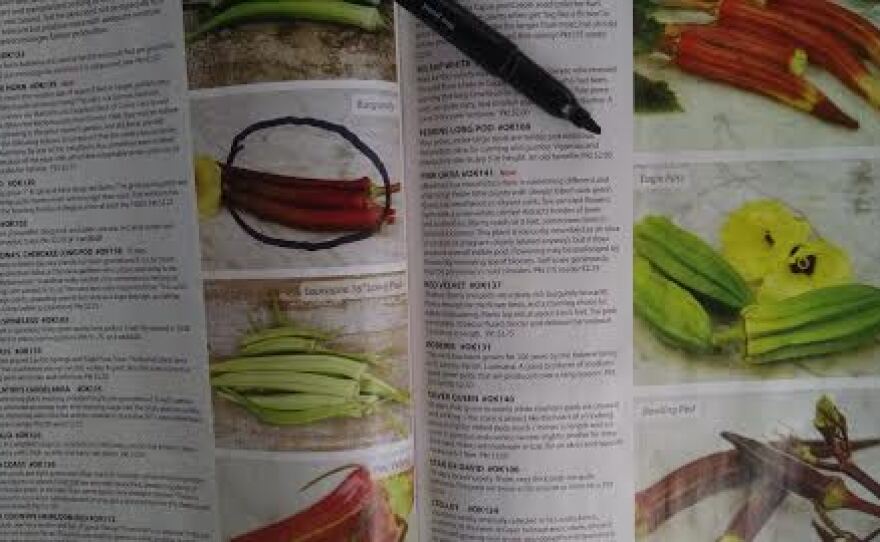Winter days can get short and winter nights can get really long. As a gardener, you can use this period to your advantage by planning now for next year's growing season. In this episode of KBIA's Farm Your Yard, Columbia Center for Urban Agriculture Farm Manager Carrie Hargrove discusses the steps involved in planning for success in the 2015 garden.

Planning out the garden involves four key steps, says Hargrove. She advises new growers to first think about the plants they want to eat. If you like carrots, go crazy and grow lots of them. Connecting the kitchen with the garden will make all the eaters in the house happier. (Conversely, while it's great that you can grow huge rutabagas, if no one likes them and you don't know how to prepare them, then you've devoted precious garden space to the wrong plant.)
Second, Hargrove says to consider how big each plant will get and how many plants you can fit in your available space. By planning for your small seeds to become huge plants, you can make the best use of your space in the garden, says Hargrove. She adds that too much space in between plants leads to needless weeding, while plants grown too close together can result in parts of the garden not getting enough needed sunlight and thus none of the desired fruit or vegetables.
Third, think about when the plants you want to grow thrive. Lettuce doesn't do well in July and cucumbers can't handle the cold soil of March so think about the seasonality of what you want to grow notes Hargrove. She often looks to MU Extension's planting calendar for the average bets growing times for peppers, okra, kale and more.
The fourth and final step in planning next year's garden involves plant placement. Harrgove encourages gardeners to sketch out a map or use design software to visually imagine where plants will fit into the overall scheme.
By following these four easy steps now, Hargrove is confident that your 2015 garden will get off to a good start.
Farm Your Yard is an occasional segment on KBIA's Thinking Out Loud. Get bushel buckets more information about gardening at the Columbia Center for Urban Agriculture website.








